Flying is smoother when everyone works together, and there are habits that flight attendants actually appreciate from passengers. Simple actions like respecting space, listening to instructions, and showing courtesy can make a noticeable difference in how the crew manages the cabin. These habits not only ease the workload of attendants but also create a more pleasant atmosphere for everyone on board. Small gestures of awareness go a long way toward improving the travel experience and can even influence how service feels during the flight.
With these habits, passengers can show consideration while also setting the tone for a calmer journey. Whether it’s keeping aisles clear, being patient during busy service times, or treating crew members with respect, these behaviors are consistently valued. Travelers who practice them often notice smoother interactions and a better overall flight experience. So before boarding your next plane, take a closer look at the ways you can help. Adopting these habits doesn’t cost anything, but the benefits can be felt by both passengers and crew alike.

Greeting Them When You Board

Starting your flight with a friendly “hello” or a smile can set a positive tone for the entire journey. Flight attendants spend hours on their feet, often meeting hundreds of passengers in a day, so a quick acknowledgment can brighten their mood and make interactions smoother later on. A simple greeting shows respect for the person who will be assisting you during the flight. It can also make you more memorable in a good way, which might help if you need assistance later. Whether you’re boarding early or during the last call, a short, genuine acknowledgment lets them know you see them as more than a uniform.
Listening During Safety Briefings

Even if you’ve flown countless times, listening closely to the safety briefing is a habit flight attendants notice and appreciate. It’s a sign that you respect their role and take the safety of yourself and other passengers seriously. The briefing covers important details like how to use the oxygen mask, locate the nearest exit, and fasten the seatbelt correctly. Paying attention also prevents unnecessary interruptions and keeps the process quick for everyone. Eye contact, putting away distractions, and facing forward signal that you’re engaged. It’s a small effort that carries weight, especially in an emergency when knowing the instructions could make a big difference.
Stowing Bags Quickly and Efficiently
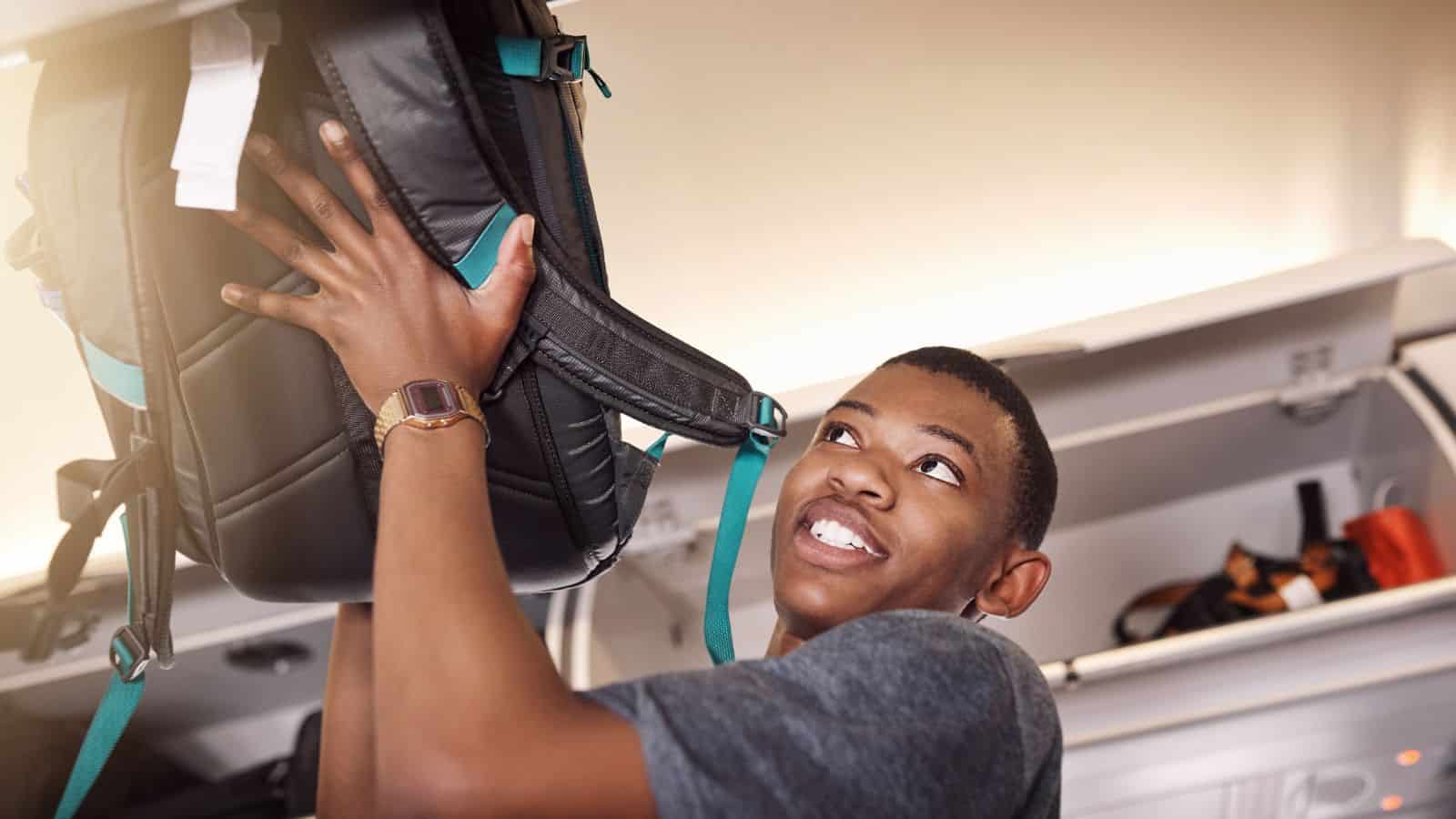
Efficiently placing your carry-on in the overhead bin keeps boarding moving and prevents congestion in the aisle. Flight attendants appreciate when passengers come prepared with their smaller items already stowed under the seat and heavier bags lifted into the bin without blocking others. If you’re not able to lift your bag, asking for help politely and promptly makes the process smoother. Avoid rearranging your belongings mid-boarding, as it slows down everyone behind you. Being mindful of space—placing your bag wheels-first and keeping jackets or small purses out of the bins—creates room for other passengers’ luggage and reduces delays.
Keeping Your Seat Area Tidy
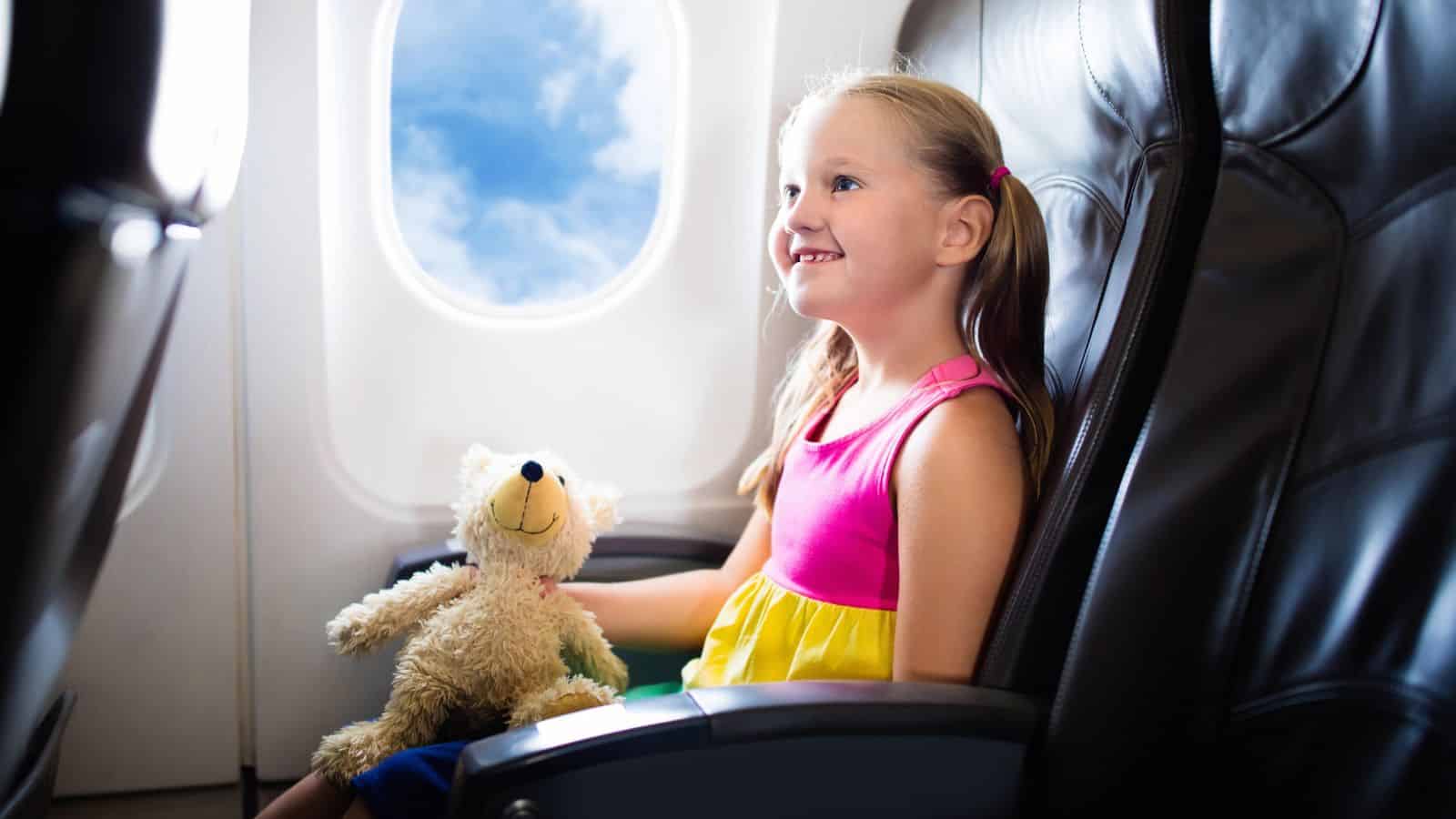
A clean seat area makes a noticeable difference for flight attendants. This means keeping your trash in one spot, using the seat pocket for lightweight items only, and not leaving food scraps, wrappers, or personal items scattered around. When the crew comes around with a trash bag, handing over your garbage promptly helps them work faster. If you finish snacks or drinks between service rounds, bringing them to the galley is a considerate move. Not only does this help the crew, but it also makes your own space more comfortable for the rest of the flight.
Being Polite When Making Requests

Kindness in the air goes a long way. Saying “please” and “thank you” when you request something isn’t just polite—it creates a more pleasant environment for everyone on board. Flight attendants juggle many tasks at once, from serving drinks to managing safety procedures, so acknowledging their efforts matters. If you need something, wait for a natural moment rather than interrupting while they’re assisting another passenger. Speaking in a calm, respectful tone helps avoid unnecessary tension. Small courtesies, like making eye contact or smiling, can turn a routine request into a friendly interaction they’ll remember.
Want to save this?
Following Seatbelt and Electronics Rules Promptly
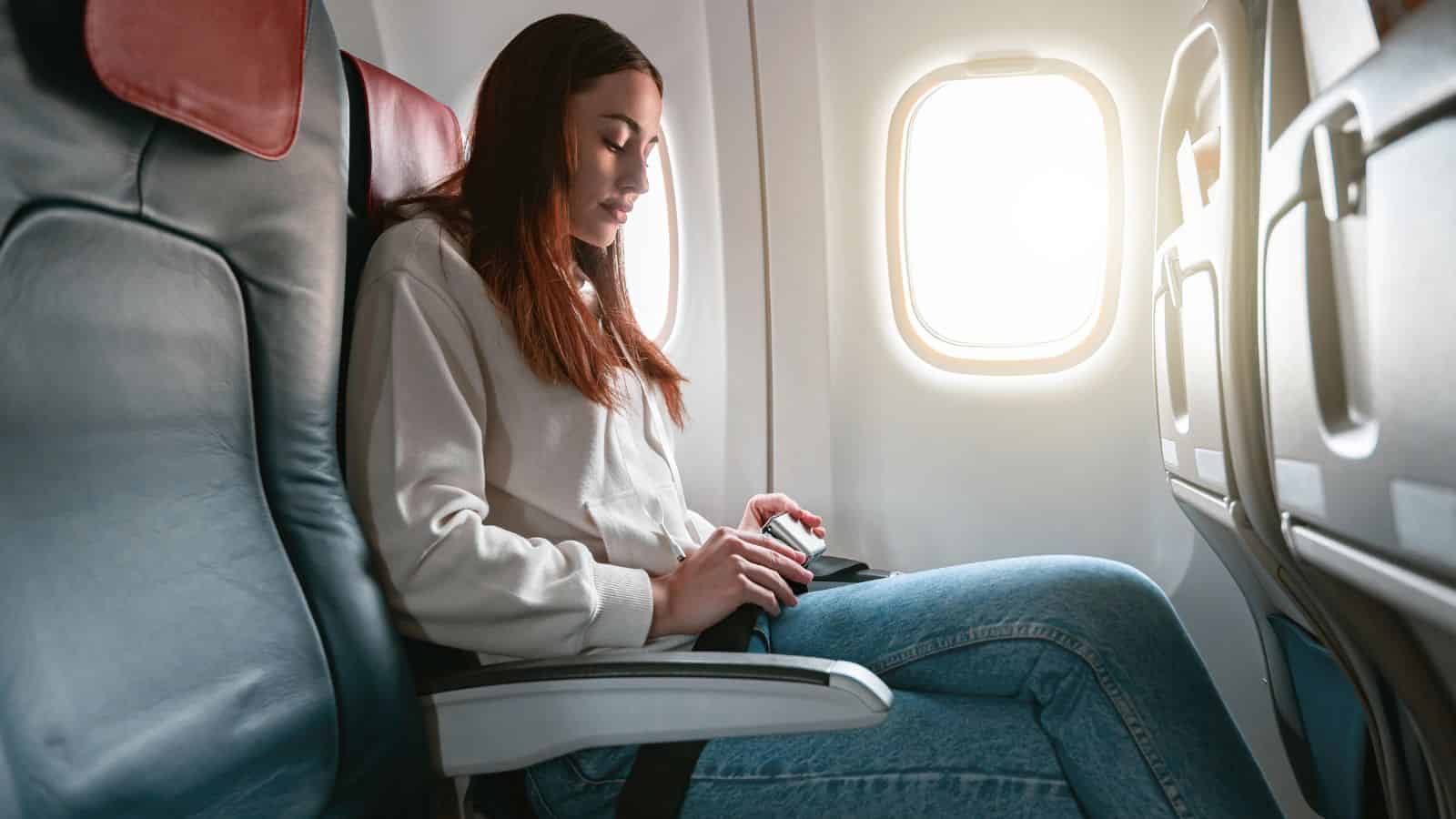
When the seatbelt sign comes on, fastening it without delay helps flight attendants keep the cabin safe without needing to make repeated announcements. The same applies to switching devices to airplane mode or stowing larger electronics during takeoff and landing. These rules aren’t arbitrary—they’re in place to prevent injuries and distractions during critical parts of the flight. Responding quickly means the crew can move on to other important tasks instead of circling back to remind passengers. Even if you feel comfortable without a seatbelt during smooth air, keeping it loosely fastened while seated can prevent accidents in unexpected turbulence.
Using the Call Button Sparingly
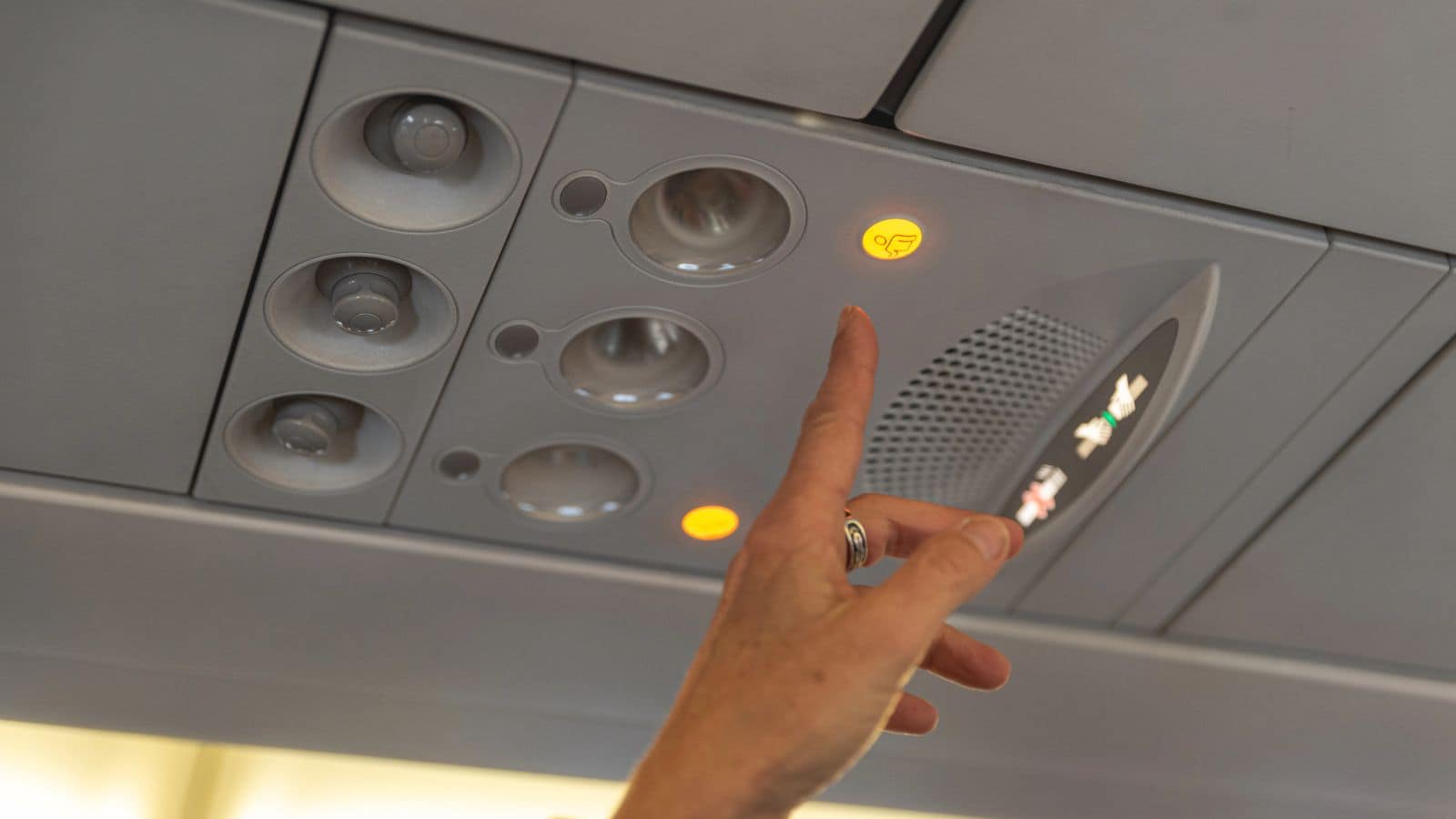
The call button is meant for genuine needs, like requesting water when you’re feeling unwell or alerting the crew to a safety concern. Using it for non-urgent matters or repeatedly during a busy service period can disrupt their workflow. Flight attendants appreciate when passengers try to catch their attention as they pass instead of pressing the button unnecessarily. If you do need to use it, be ready to clearly state your request so the interaction is quick and efficient. This small courtesy helps the crew stay focused and attentive to the needs of the entire cabin.
Waiting Patiently During Service
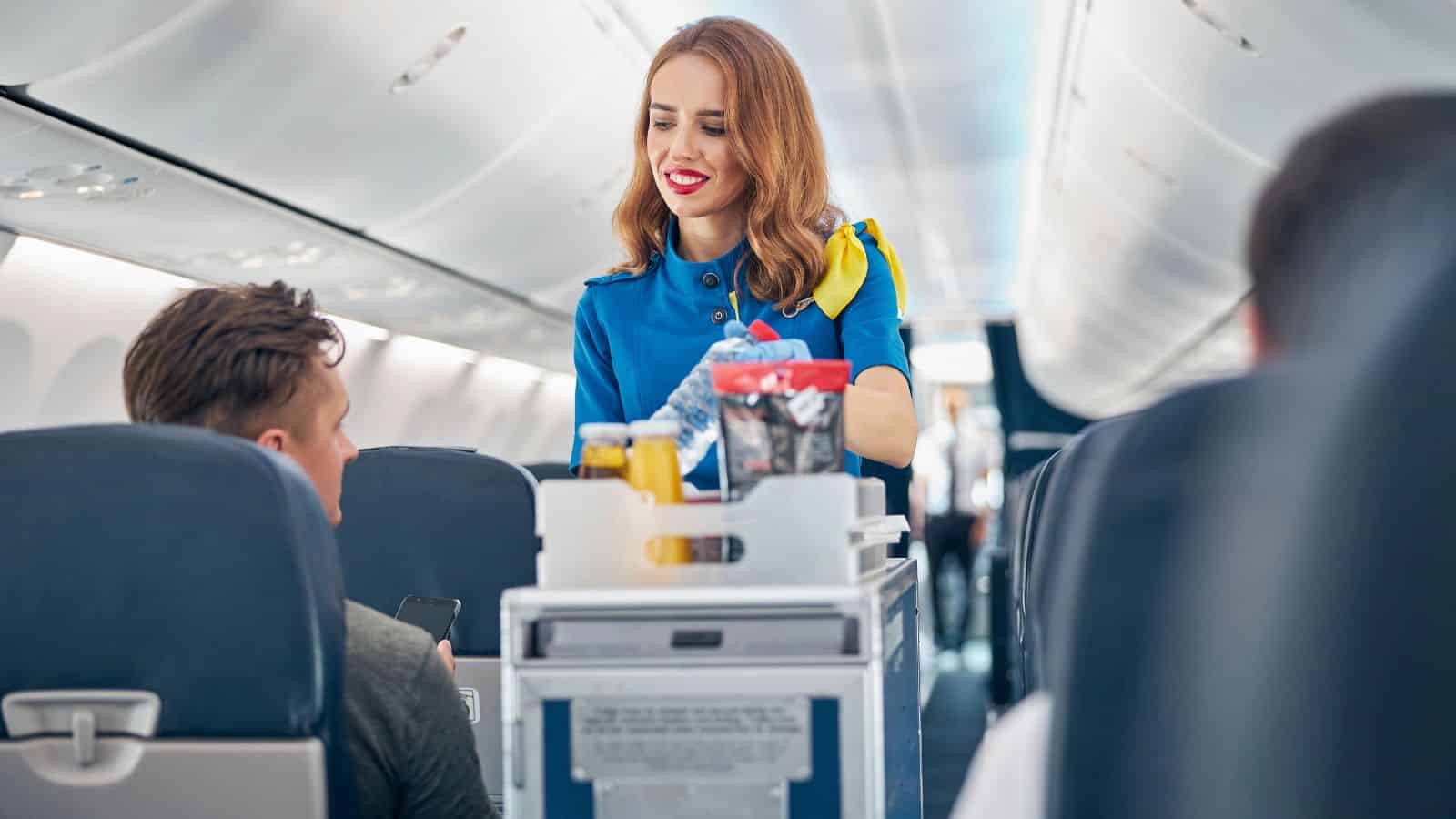
Service runs are timed to reach everyone in an orderly fashion, starting from one end of the cabin and moving to the other. Flight attendants notice when passengers wait without waving them down or interrupting while they’re helping others. Patience ensures they can work methodically and safely, especially when maneuvering carts down narrow aisles. If you need something outside of service times, waiting until they pass nearby or until they’ve finished speaking with another passenger shows respect for their pace and priorities. This calm approach makes the process smoother for the entire cabin.
Disembarking in an Orderly Way

When the plane reaches the gate, standing up too soon or crowding the aisle makes it harder for everyone to exit efficiently. Flight attendants appreciate when passengers wait for the row ahead to collect their belongings and move forward before stepping out. This prevents jams in the aisle and reduces the risk of bumping into others with bags. Gathering your belongings while still seated—once the seatbelt sign is off—helps you move quickly when it’s your turn. A steady, organized exit benefits not just the crew but every passenger eager to reach their destination.
11 Travel Myths That Could Sabotage Your Entire Trip

Don't let these myths fool you! Traveling offers a chance to explore new places and create lasting memories, but not every piece of advice you come across will serve you well. Many common travel tips circulate widely, yet some can lead to unnecessary stress, wasted money, or missed experiences. From misconceptions about packing to misguided safety advice, following these myths may limit what you get out of your trip. It’s important to recognize which suggestions are outdated or simply unhelpful so you can make choices that truly support your travel goals.
Read More Here: 11 Travel Myths That Could Sabotage Your Entire Trip
12 Items to Remove From Your Wallet That Air Travel Experts Warn About

Be careful of these items! When preparing for a flight, it’s easy to stuff your wallet with everything you might need, but some items could be more trouble than they’re worth. Air travel experts have shared a list of things to remove from your wallet before you head to the airport. Some of these items can cause unnecessary delays during security checks, while others might even be a security risk. Whether it’s expired IDs or unnecessary loyalty cards, knowing what to leave behind can help streamline your journey.
Read More Here: 12 Items to Remove From Your Wallet That Air Travel Experts Warn About




